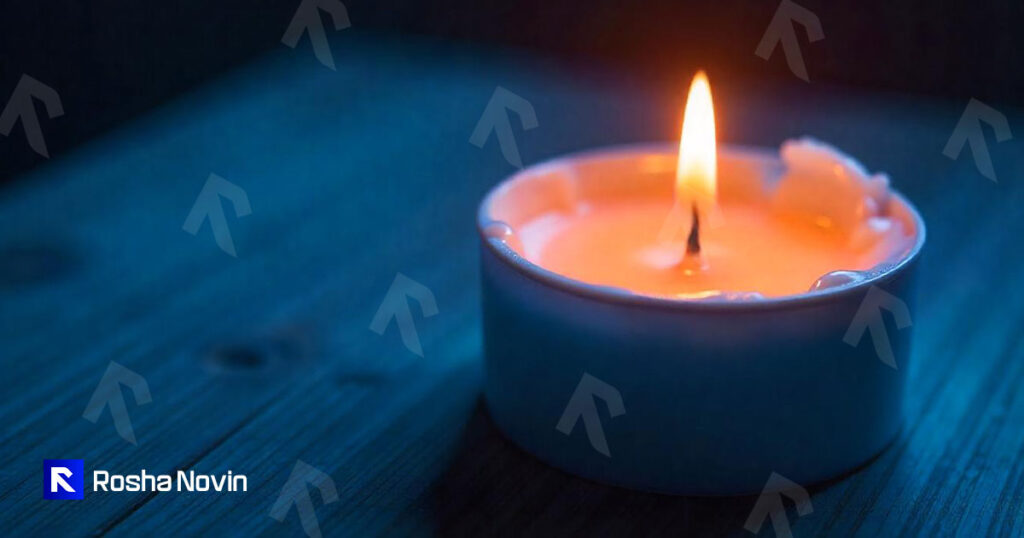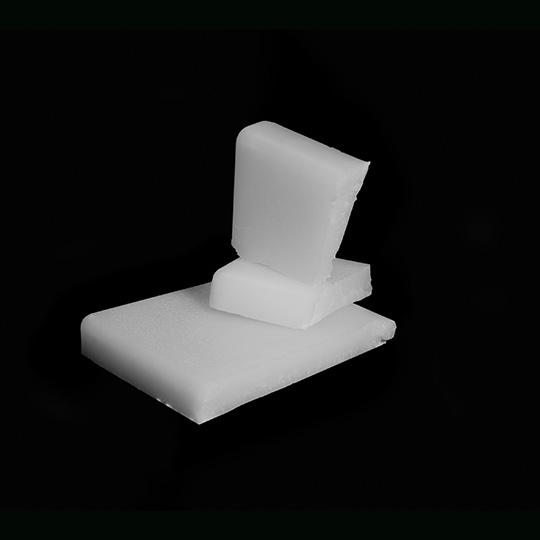
Paraffin is utilised because it is highly stable under ordinary conditions of use, which is the case with the liquid in question. This chemical stability makes Paraffin less reactive with other substances, which is advantageous in many industries. However, when Paraffin gets hot or comes in contact with a naked flame, the atoms that makeup paraffin can split apart and, in so doing, release fumes that are – explosive. That is one of the flammability characteristics of nitrocellulose, which makes it imperative that the dangers of its usage are well understood.
Given its wide-ranging applications, understanding whether paraffin is flammable is critical in settings where it is frequently exposed to heat or flame. Each form of Paraffin—whether wax, solid, or liquid—has a different reaction to heat, which we’ll explore further.

Is Paraffin Flammable?
Is Paraffin flammable? The short answer is yes. Basically, Paraffin is among the classes of hydrocarbons and, thus, burns when subjected to certain conditions. To elaborate on what has been covered so far, let’s take a closer look at how explosive Paraffin really is.
Chemical Characteristics of Paraffin
The burnability of Paraffin is directly connected with its hydrocarbon compound. Paraffin is a hydrocarbon liquid consisting of long chains of carbon (C) and hydrogen (H) atoms. When heated, the hydrogen atoms decompose and release flammable vapor. These vapors, when in contact with an open flame or a heat source, can easily catch fire.
Type of Paraffin Flashpoint (Approx.)
| Paraffin Wax 180 | 180-220°C | 356-428°F |
| Liquid Paraffin 100 | 100-160°C | 212-320°F |
What temperature does Paraffin ignite?
Solid paraffin wax may emit flammable vapour between 180-220°C (356-428°F), and liquid Paraffin has flashpoints between 100-160°C (212-320°F). This means that liquid paraffin burns even when in contact with low temperatures compared to the burning of its solid paraffin type.
Does Paraffin Burn Easily?
Paraffin is not overly difficult to ignite. This is more so if the Paraffin is in its liquid state. Paraffin is flammable when heated beyond its flash point, not only its vapors but is a liquid fire. This is why paraffin-based products like candles burn on and on when lit without extinguishing. Flame produces heat which melts the wax at its melting point, making the candle continue burning.
However, it has been observed that paraffin wax, and any material made from it, showers little likelihood of spontaneous ignition when in solid state. For instance, a block of wax, perhaps Paraffin on a countertop does not ignite on its own. It simply needs flame or heat to melt and give out vapours.

How to Handle Paraffin Safely
Given its flammability, handling Paraffin with care is vital to prevent accidents. Here’s how you can use Paraffin safely in various settings:
Storage of Paraffin
This means that if Paraffin is to be stored, it must be stored in a way that greatly minimises the danger of accidental fires. Avoid exposing Paraffin to heat or light as they can easily catch an inflame. Paraffin properly can significantly reduce the risk of accidental fires. Whether you’re storing paraffin wax or liquid Paraffin, the following safety tips can help:
- Keep Paraffin in cool, dry places.
- Use proper containers.
- Label containers clearly.
First Aid for Paraffin Burns
So, one needs to know how to act if an accident occurs and paraffin burns have appeared. Here are the immediate steps to follow:
- Pour cold water over the area that is burned. To help lessen pain and swelling, immersion of the burned area in cool running water for no less than 10 minutes must be done.
- Avoid breaking blisters. In case of formation of blisters, they should not be opened, especially since this leads to infection.
- Seek medical attention. For burns that are big or deep, consult a doctor.
You can try our Granula Paraffin Wax, Paraffin Wax 0.5%-1%, and Paraffin Wax 3-5% for superior results.
Conclusion
To answer the question, Is Paraffin flammable? —yes, Paraffin is considered highly flammable when subjected to heat or an open flame. It is, therefore, essential to know what this temperature is and how it behaves when experiencing changes in temperature if you regularly apply paraffin-based products. As you may use Paraffin in any of the mentioned ways, such as lighting up a paraffin candle or using a liquid paraffin heater and storing Paraffin for industrial use, the following safety precautions will assist during the process.
FAQs
Can paraffin catch fire in sunlight?
Although Paraffin as a product does not burn in sunlight, it means that as soon as Paraffin is stored in a hot environment, its temperature reaches the flash point, which poses a major threat of fire. It is recommended that Paraffin should be stored in a cool, dry place away from direct sunlight.
When being burned, is Paraffin toxic?
While burning Paraffin, especially in candles, tiny amounts of chemicals, like toluene and benzene, form in the Paraffin, which are carcinogenic when consumed in large amounts. However, the risk is very low if the environment that the person is exposed to is well-ventilated. However, using non-chemical waxes such as soy or beeswax might be more advisable to prevent soil aging and indoor air pollution.
Is it okay to use Paraffin in a home fireplace?
Paraffin fire starters are safe to use when the fireplace is being used, but liquid Paraffin should not be used because it is highly flammable and may cause a massive fire outbreak. When using fire starters, a fire extinguisher should be nearby.
















